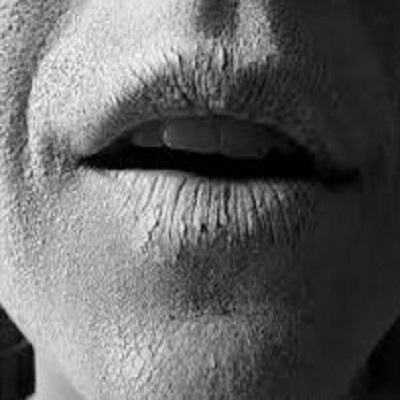- About This Course
About This Course
Polypharmacy in the nation’s growing geriatric population will require increasingly complex pharmacologic management of multiple disease states. This brief review describes normal salivary function, potential causes of salivary dysfunction, oral health concerns associated with hyposalivation, diagnostic tests, and options for patient care. Daily production of saliva is estimated at 0.5 L to 1 L/day. Medications that reduce salivary flow are called xerogenic. A major complication of xerostomia is the promotion of dental caries. Asking several standardised questions regarding symptoms may help confirm salivary gland hypofunction. The general approach to patients with hyposalivation and xerostomia is directed at palliative treatment for the relief of symptoms and prevention of oral complications.
Aims
This course aims to provide learners with knowledge and understanding relating to normal salivary function, the potential causes of salivary dysfunction, oral health concerns associated with hyposalivation and options for patient care.
Objectives
- To understand what xerostomia is.
- To compare xerostomia to normal salivary flow function.
- To discuss medication-induced salivary dysfunction.
- To become aware of oral health concerns with hyposalivation.
- To understand the available therapeutic interventions.
Learning Outcomes
On completion of this module you will understand normal salivary function, the potential causes of salivary dysfunction, oral health concerns associated with hyposalivation and options for patient care.


